








The magazine of the photo-essay

Jan 2017 back issue

by John Bartelstone


“A free, really high quality photo-essay magazine. Fabulous!”
Stephen Fry. British actor, writer and film & documentary maker


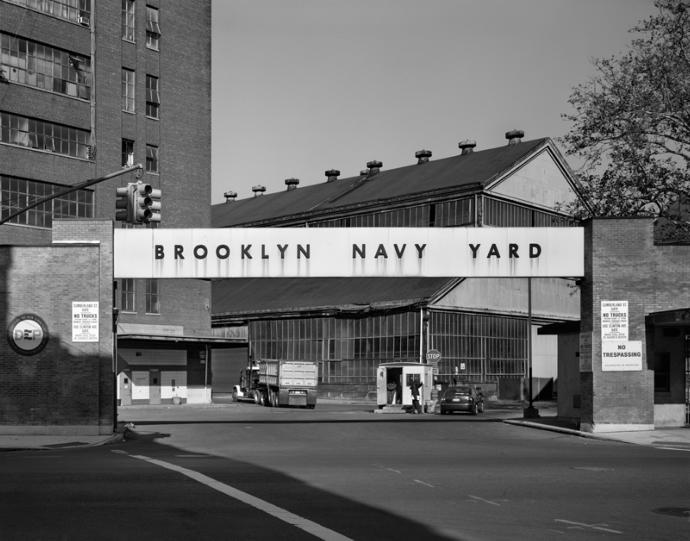
Cumberland St. Gate, Flushing Avenue. 2006.
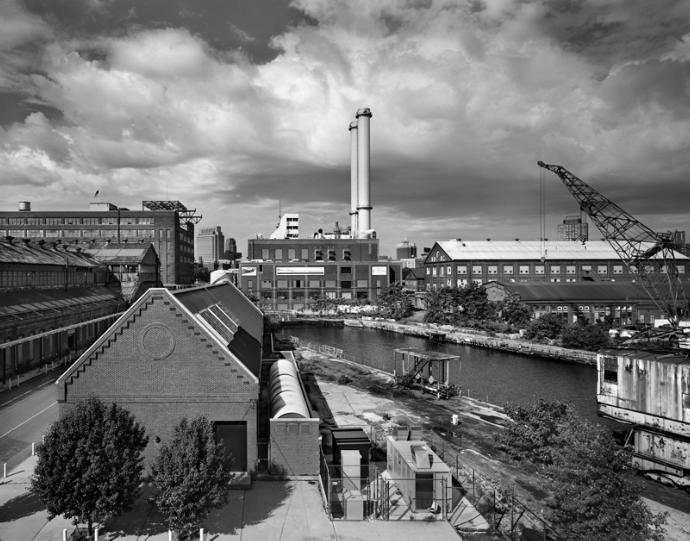
Dry Dock 4 (built in 1913) surrounded by industrial buildings and the Yard’s power house. 2007.
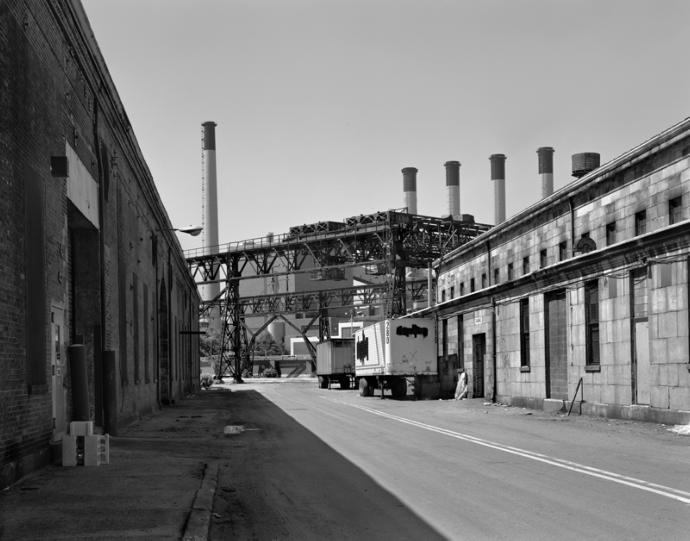
Morris Avenue looking toward shipway marshaling yard gantry.
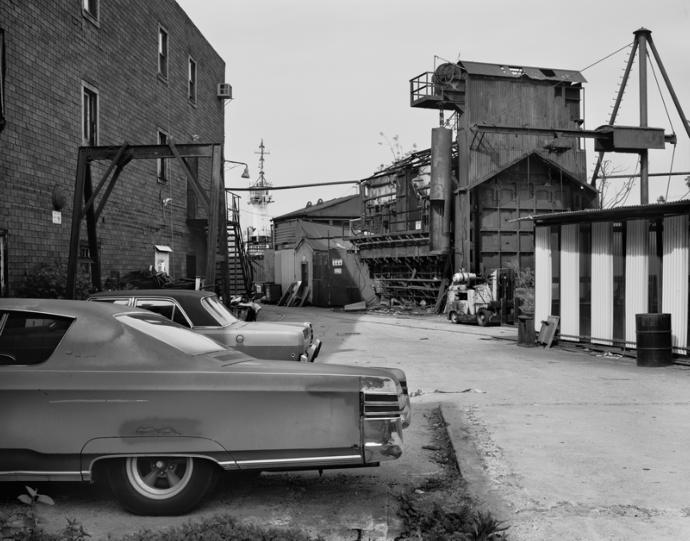
A collector’s cars parked near Dry Dock 1. 2005.
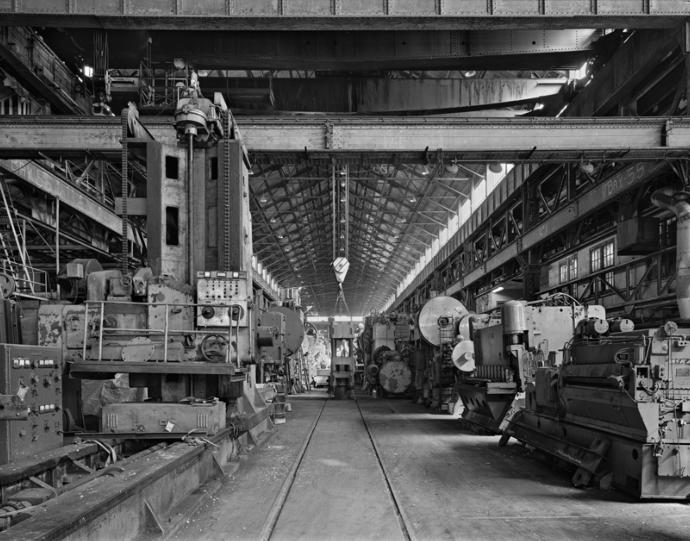
Interior of Building 128 where giant presses were stored and sold. 2001.
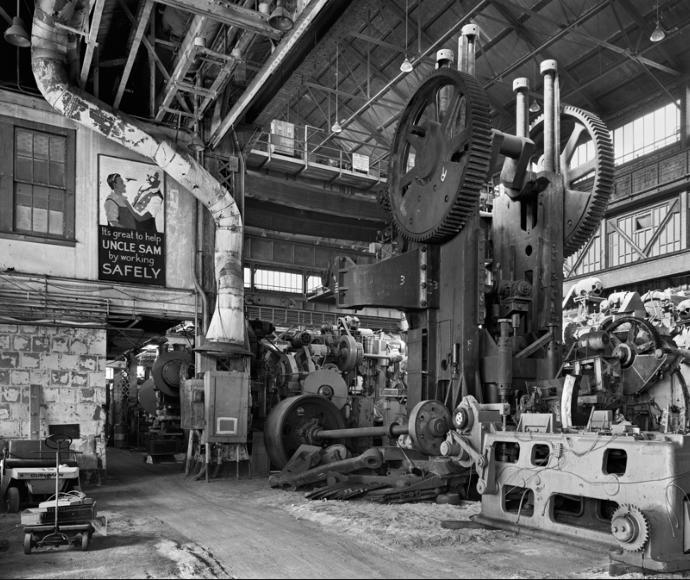
Interior of Building 128. Large stamping press and wartime poster. 1994.
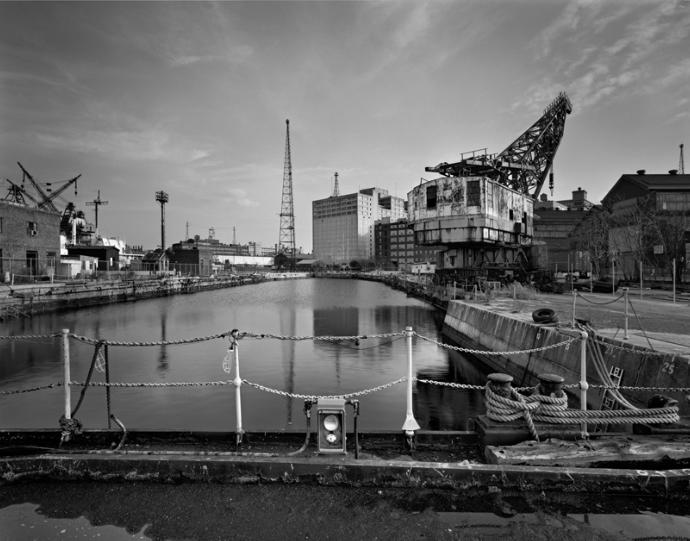
View from the caisson of Dry Dock 2. 1995.
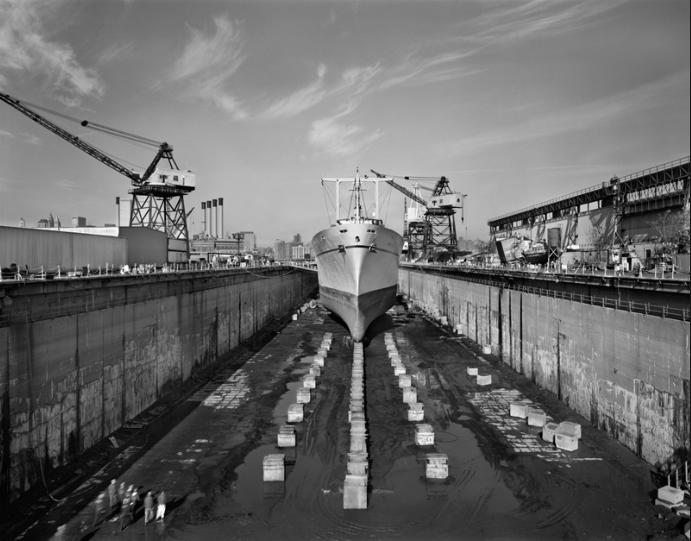
Dry Dock 6 (built in 1941). 1995.
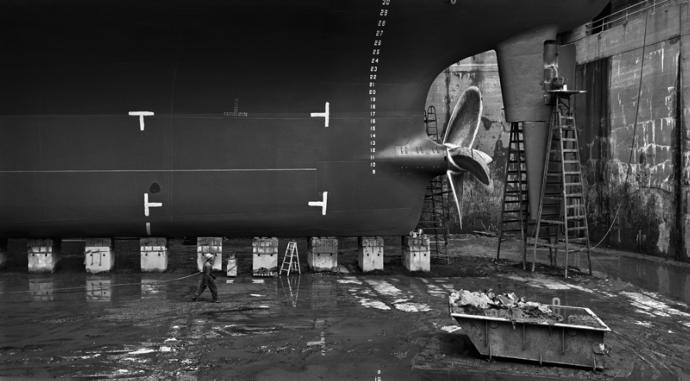
Dry Dock 6. 1996.
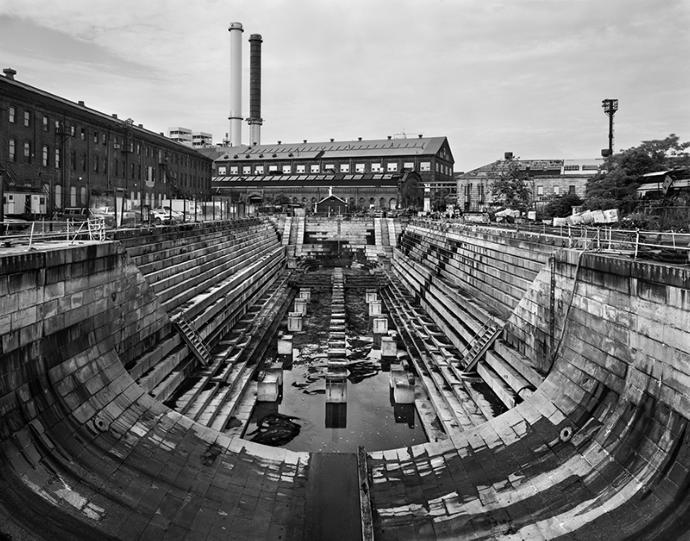
Dry Dock 1 (built in 1851). 1995.
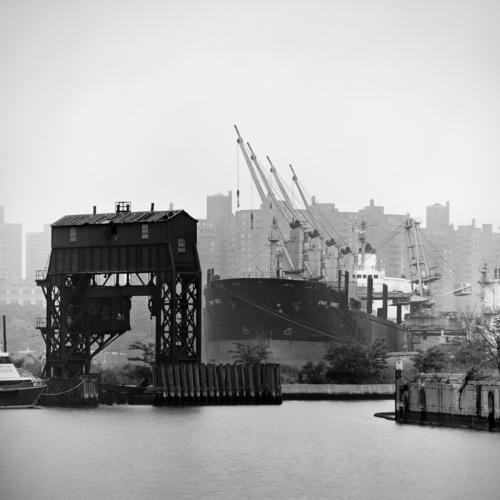
Railroad transfer bridge and cement ship. 2005.
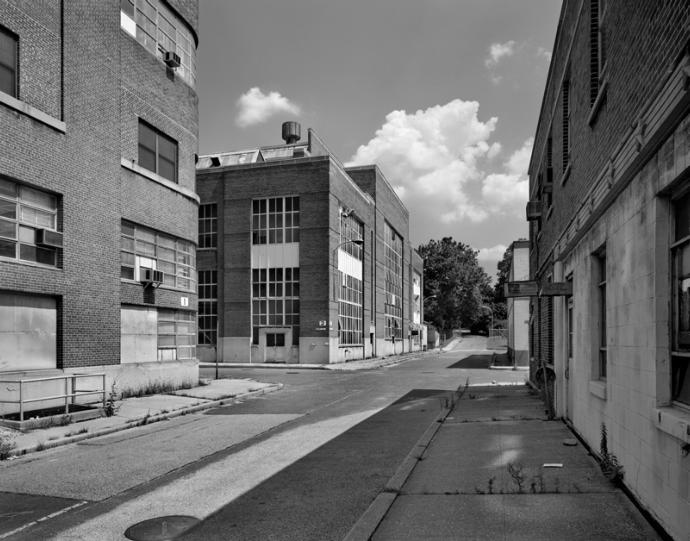
Buildings along the Yard’s South Street. 1995.
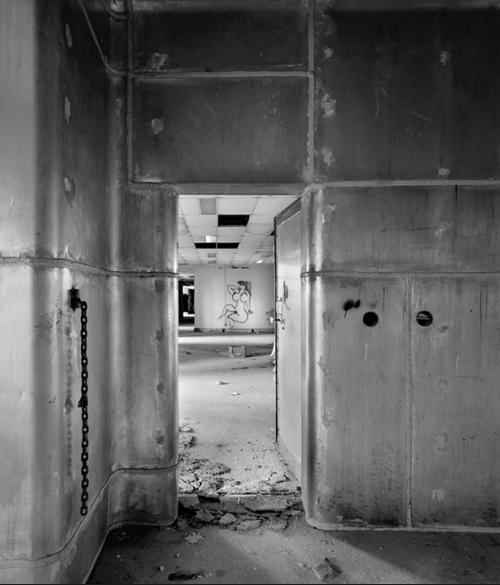
Inside Hot Cell test chamber in laboratory building. 2005.
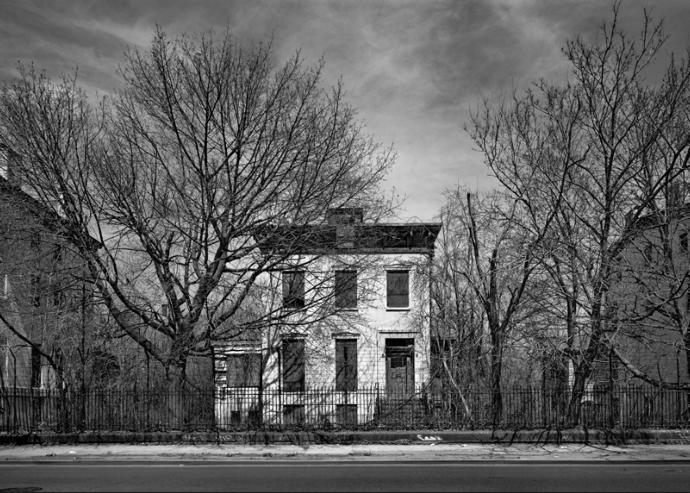
Officer’s Quarters D on Flushing Avenue. 1995 (Demolished 2016).
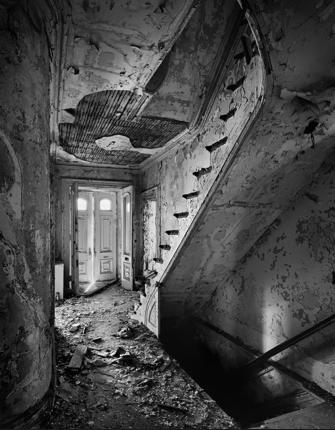
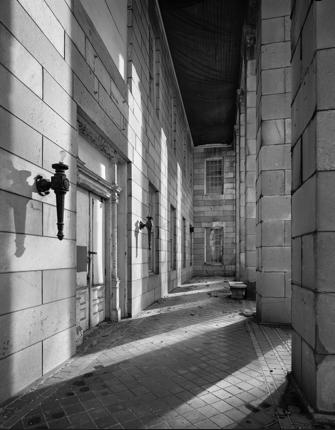
Interior of Quarters H. 1995. (Demolished 2016).
Entrance to the 1838 Naval Hospital. 2008.
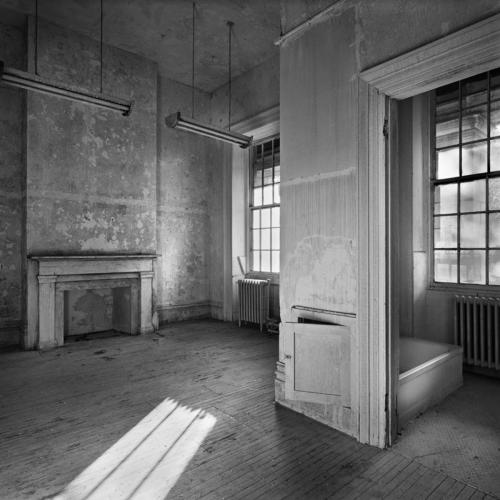
A typical patient room in the Naval Hospital. 2006.
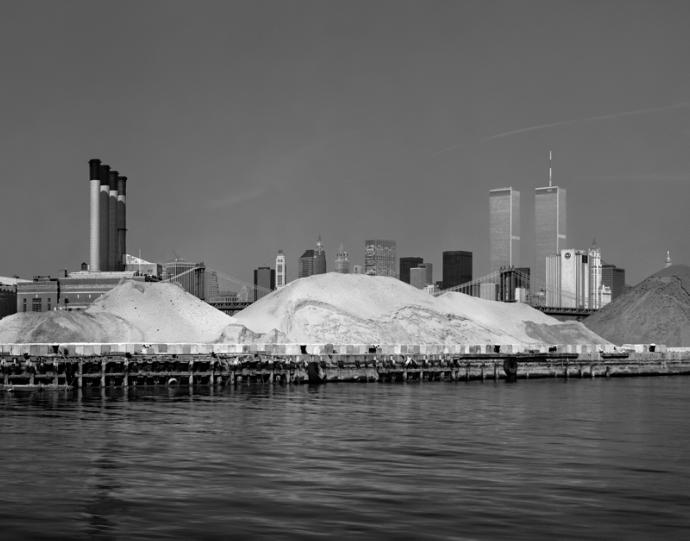
Salt pier. 1996.
New York City’s largest and oldest industrial facility, the Brooklyn Navy
Yard occupies 250-acres on the East River between the Williamsburg and
Manhattan Bridges, and is presently one of New York City’s major
industrial sites. It’s one of the last remnants of Brooklyn’s industrial
supremacy, and was off-limits to the public for decades.
I managed to gain access in 1994 in exchange for producing a record of
the Yard’s buildings and structures. The management was kind enough to
let me continue photo-graphing for the next sixteen years. Officially known
as The New York Naval Shipyard, it was one the facilities where the U.S.
Navy built the largest and most powerful vessels in its fleet and at it’s peak
in the 1940’s employed 70,000 workers in three shifts. The Yard was
commissioned by Thomas Jefferson in 1801 and played a large role in
battleship and aircraft carrier construction until it was closed in 1966.
Large ships are still repaired there and the Yard, now an industrial park
with a variety of manufacturers and industries, functions as a refuge from a city that has mostly forgotten that a mixed
economy is a key to its survival. As of 2016 the Yard’s businesses employ over 7,000 people in industries ranging from
traditional ship repair to movie production and high-tech manu-facturing. Most businesses occupy leased spaces in the
Yard’s multi-story WWII - era buildings, hiding the workers from view and until recently, leaving the impression that the
place was rather desolate. I was able to wander down little-used internal streets and take photographs of facilities that
had been frozen in time for half a century. But that is now changing as new buildings are being constructed and workers
are pouring back in. I photographed the Yard on film from 1994 to 2008 with 4 x 5, 8 x 10 and medium for-mat cameras.






